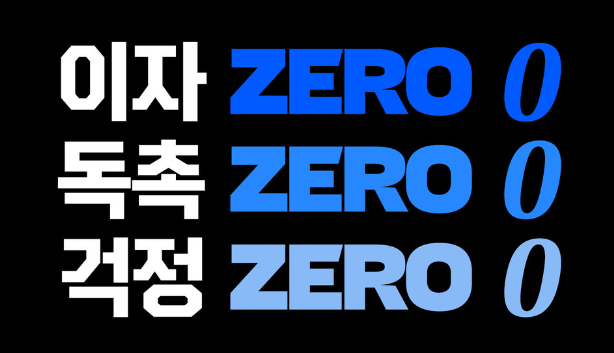In recent years, financial distress has become an increasingly common issue for many individuals. This has led to the necessity for programs like 개인회생, which allows people to recover from their debts through a structured legal process. One crucial aspect that many people inquire about is the 개인회생기간 or the duration of the personal rehabilitation process. This article aims to explore the important details surrounding the 개인회생기간, factors influencing it, and what individuals should expect during this period.

What is 개인회생?
Before we delve into 개인회생기간, it’s essential to understand what 개인회생 entails. The term refers to a legal process in South Korea that assists individuals facing financial difficulties by allowing them to reorganize their debts. This system is designed to provide a fresh start for those overwhelmed by unpaid loans, credit card debts, and other financial obligations.
The objective of 개인회생 is to enable debtors to pay off a portion of their debts over time rather than facing bankruptcy. Participants in this program can work with the court to establish a repayment plan that is manageable based on their income, living expenses, and the total debt they owe.
The Importance of 개인회생기간
The 개인회생기간 typically refers to the time frame in which a debtor is required to adhere to the court-approved repayment plan. Generally, this period ranges from three to five years, depending on the individual circumstances of the debtor and the specifics outlined in their repayment plan.
- Standard Duration: Most individuals will experience a 개인회생기간 of three years. This is the common timeline provided for those with regular incomes and manageable debt levels. Following this period, any remaining debts may be written off, allowing individuals to achieve financial liberation.
- Extended Duration: For those with higher incomes or greater debt levels, the 개인회생기간 may extend up to five years. This is especially relevant when the court determines that the debtor can still afford to contribute to their repayment while managing their daily living expenses.
Factors Influencing 개인회생기간
Several factors can influence the length of the 개인회생기간. These include:
- Income Level: Higher income levels generally mean a longer repayment duration, as individuals will be expected to contribute more towards their outstanding debts.
- Amount of Debt: The total amount of debt will affect the length of the repayment plan. Those with higher debts might be placed on a longer personal rehabilitation period.
- Living Expenses: The court will also take into account the living expenses of the debtor. Those needing higher living costs may have a shorter repayment duration as their disposable income available for debt repayment will be lower.
- Court Discretion: Ultimately, the duration of 개인회생기간 will be influenced by the court’s decision, based on the information it receives from the debtor’s financial disclosures.
The Process of 개인회생
Understanding the process is crucial for individuals considering 개인회생. The journey typically involves several steps:
- Application Submission: Individuals must prepare and submit an application for 개인회생 to the relevant court, often accompanied by documentation of their financial situation.
- Court Evaluation: The court will evaluate the application, considering factors like income, expenses, and the amount of debt.
- Repayment Plan Approval: If the court approves the application, it will outline a personalized repayment plan that adheres to the guidelines of the 개인회생기간.
- Modification Possibility: It’s possible to request modifications to the repayment plan should an individual’s financial situation change significantly during the repayment period.


